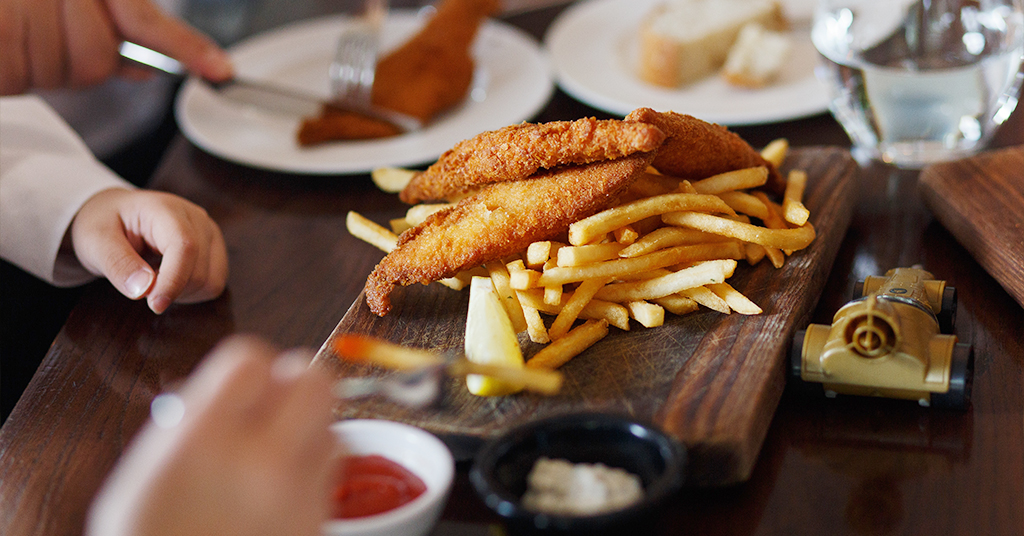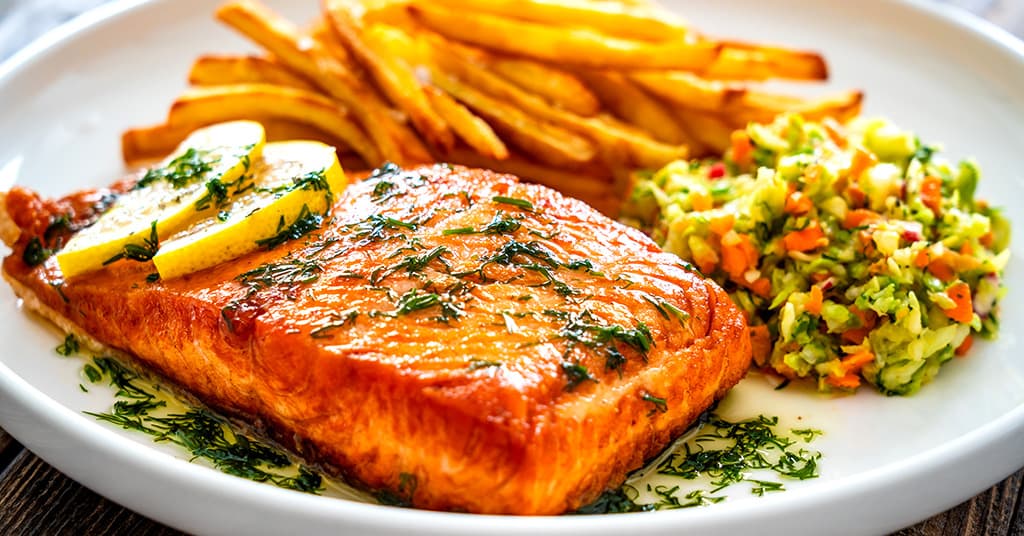What’s more British than our love for fish and chips? Honestly, nothing else comes close. For visitors and locals alike, this humble yet iconic dish isn’t just food; it’s a cultural cornerstone, a culinary institution, and for many, the very definition of comfort.

On this day of National Fish and Chips Day, we will talk about this delightful treat
Let’s be clear: this isn’t just any meal. We’re talking about a crispy, golden-battered masterpiece, typically featuring a generous fillet of sustainably sourced cod or haddock. The fish is plunged into a light, airy batter – a closely guarded secret for many a chippy – then perfectly fried until it achieves that coveted delicate flakiness within, encased in a shatteringly crisp, golden shell. No soggy bottom here, thank you very much!
And those chips? Oh, they are essential. Forget your skinny “French Fries” (not even French by the way); these are thick-cut, substantial potato batons, fluffy on the inside, with just enough bite on the exterior. They’re begging to be drenched in a generous sprinkle of sea salt and a liberal splash of malt vinegar, their tangy bite cutting through the richness of the fried goodness.
For most Britons, fish and chips is more than just a meal; it’s a sensory journey back to simpler times. It’s the ultimate comfort food, a warm hug on a plate, especially after a long week or a particularly chilly day. The very act of eating it evokes a sense of nostalgia, transporting many back to childhood holidays by the seaside, Friday night family traditions, or even just a quick, satisfying bite after a pub visit. It’s a taste of home, regardless of where home might be.
The origins of fish and chips are surprisingly debated, widely believed that fried fish was introduced to Britain by immigrants from Portugal and Spain in the 17th century, while chips (or “pommes frites”) gained popularity in Belgium. It was likely the mid-19th century when these two delicious components finally came together in Britain, creating the iconic dish we know and love today. The rapid expansion of the railway network in the mid-19th century made fresh fish readily available inland, while the development of trawling in the North Sea provided a steady supply. This perfect storm of accessibility and culinary innovation led to the proliferation of fish and chip shops across the country, particularly after the First World War.

During World War II, fish and chips remained one of the few foods not subject to rationing, a testament to their vital role in feeding the nation and boosting morale. It was deemed such an important part of the national diet that it was exempt from austerity measures, solidifying its place in the British psyche. This historical significance only deepens its appeal and its status as a true national dish.
Today, there are an estimated 10,500 fish and chip shops across the UK, far outnumbering other fast-food outlets. From bustling city centres to quaint towns, you’re never too far from a local chippy. Each establishment often has its loyal following, with debates ranging about the best batter, the perfect chip, or the most authentic mushy peas. These aren’t just takeaways; they are often community hubs, places where regulars gather, share a chat, and enjoy a consistently satisfying meal.
So, the next time you find yourself pondering “What’s more British than…“, cast your mind back to that golden parcel, the unmistakable aroma, and the sheer, unadulterated joy of biting into a perfectly cooked piece of fish and chips. And of course, don’t just ponder but browse through your Foodhub app and find the local takeaway that makes it just right for you.

